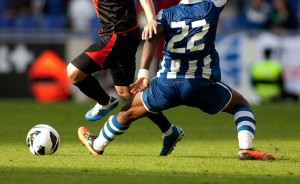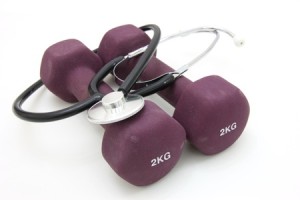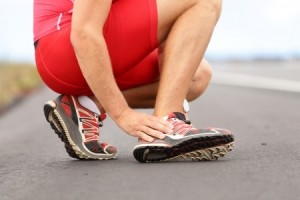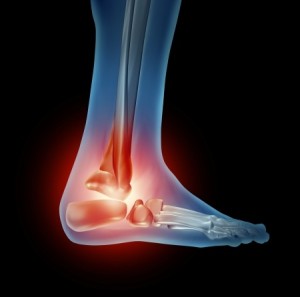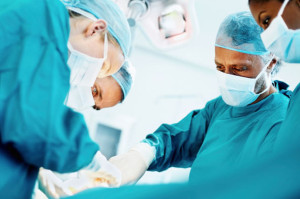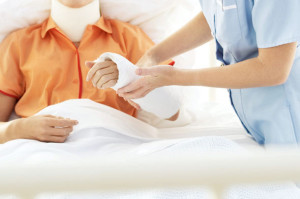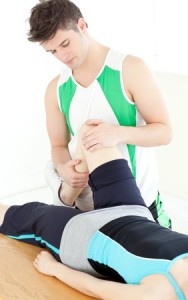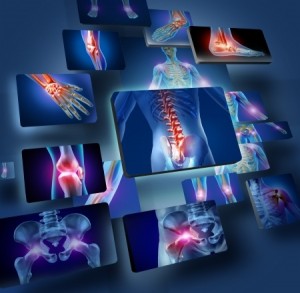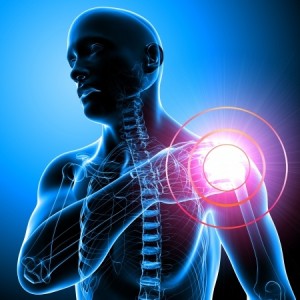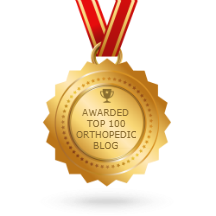If you suffer from shoulder impingement, surgery may be necessary. One of the most common questions from patients involves how long the recovery time from this procedure lasts. Below, we will take a look at what you can expect during shoulder impingement surgery recovery time. 
About Shoulder Impingement Surgery
Shoulder impingement can often be treated using minimally invasive shoulder surgery, which lets the doctor operate on the shoulder without creating large incisions. This procedure is less invasive than open shoulder surgery, but the recovery time can still be significant.
What to Expect During Recovery
Shoulder impingement surgery can usually be performed in an outpatient setting, meaning that patients can return home the same day as the surgery. Patients can return to some normal activities, like walking and working certain desk jobs, within about a week. However, it takes longer to make a full recovery from shoulder surgery.
For some time after surgery, up to several weeks, you will be instructed not to move your shoulder in order to allow it to heal. Your doctor or physical therapist may move the shoulder for you, which is called passive range of motion. Then, you will progress to moving the shoulder on your own, known as active range of motion. Finally, you will strengthen the shoulder by adding resistance. It can take 6 to 12 months for patients to regain full use of the shoulder, and be able to participate in athletic training and other activities that make extensive use of the shoulder.
Ways to Minimize Shoulder Impingement Surgery Recovery Time
You cannot avoid having some shoulder impingement surgery recovery time. However, you can take the following steps to minimize your recovery time:
- Choose a skilled physician – A more skilled physician who performs a large volume of shoulder surgeries is most likely to get the procedure right the first time.
- Refrain from smoking – Avoid smoking several weeks before and after the procedure to ensure that your body’s healing capabilities are fully intact.
- Participate in physical therapy – Physical therapy helps restore your shoulder’s strength and flexibility.
- Avoid overexertion – Although participating in physical therapy can help heal your shoulder, performing actions that have not been approved by your doctor should be absolutely avoided.
- Prevent infection – Avoid touching your incision and wash your hands frequently to keep from infecting your surgical incision.
- Eat and sleep well – Eating a healthy diet and getting plenty of sleep enhances your body’s ability to heal.
If you are interested in treatment for your shoulder impingement, Dr. Howard Marans would be happy to hear from you. To schedule your consultation today, please click below and enter your information or call OC Orthopedic at (714) 979-8981.


